

CarExpert.com.au
The CarExpert team's favourite cars of 2025
5 Hours Ago

News Editor
Ford won’t follow General Motors in largely abandoning factory right-hand drive production, though like its crosstown rival it could look at offering more niche vehicles with the wheel on the right side.
“We’re not walking away from right-hand drive. We know they’re important. We may go about doing it a bit differently,” Ford chief financial officer John Lawler told media, including CarExpert, earlier this year.
“But, is it becoming more of a challenge financially? It’s different now, because it’s scale, and I think where the opportunities for us are is to move towards specialty vehicles.”
That points to a potential expansion of right-hand drive (RHD) remanufacturing, which Ford will commence locally with the F-150 in 2023.
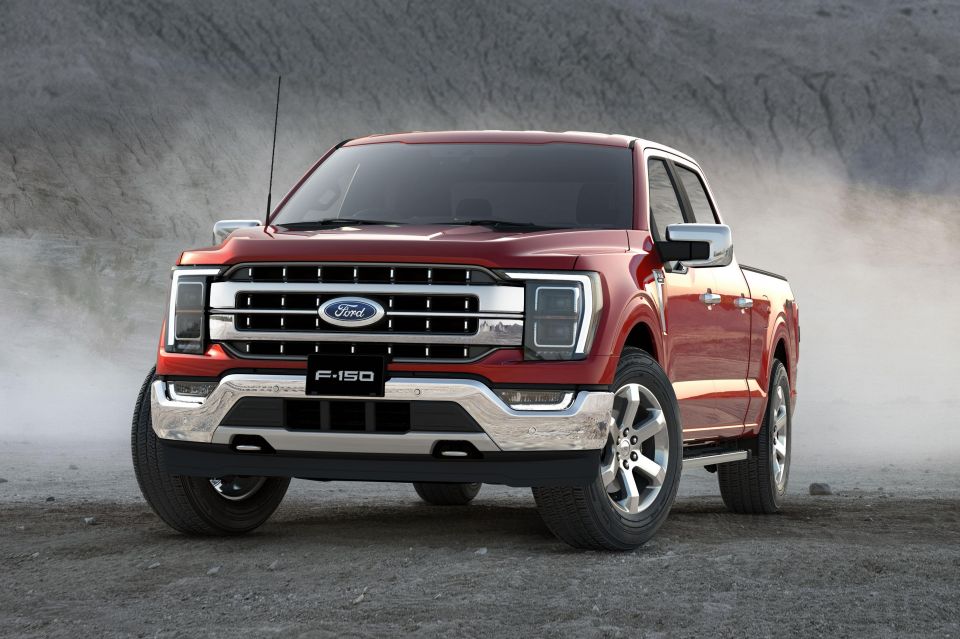
The full-size pickup truck will be remanufactured in right-hand drive by RMA Automotive, which will see Ford follow in the tyre tracks of rivals like the Ram 1500 and Chevrolet Silverado in offering a factory-backed RHD option.
“Could we do something beyond F-150? I think this opportunity working with RMA Automotive, really provides an opportunity for us, not just Australia but also for some of the other right-hand drive markets,” said Dianne Craig, president of the International Markets Group which includes Australia.
“[This] is our first shot at understanding what we could do, not just in Australia, but potentially in other markets.
“It’s all about scale, and with Ranger and Everest we’re getting the scale.”
These vehicles are offered in numerous global markets, including Thailand, South Africa and Australia.
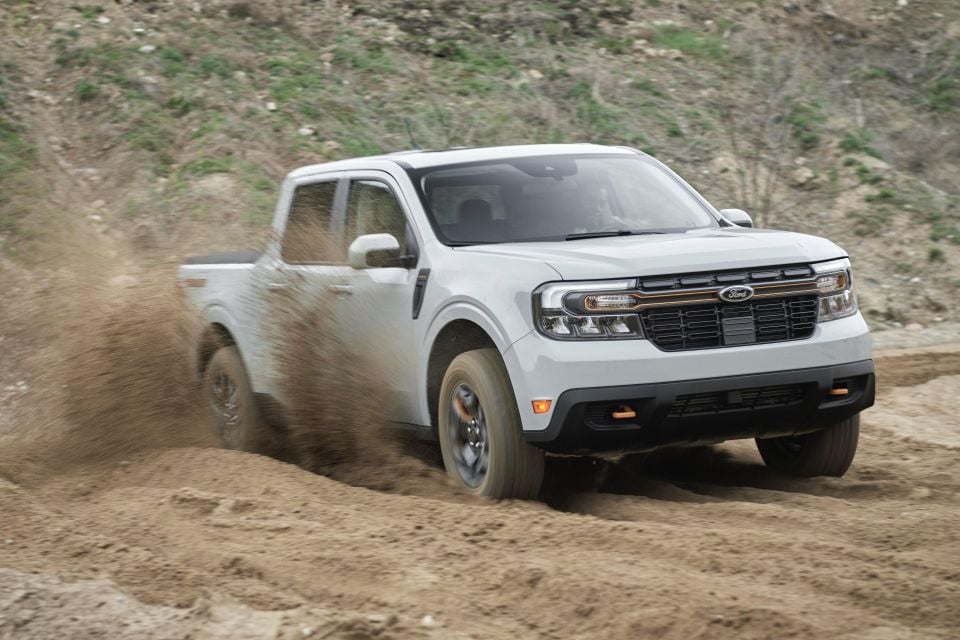
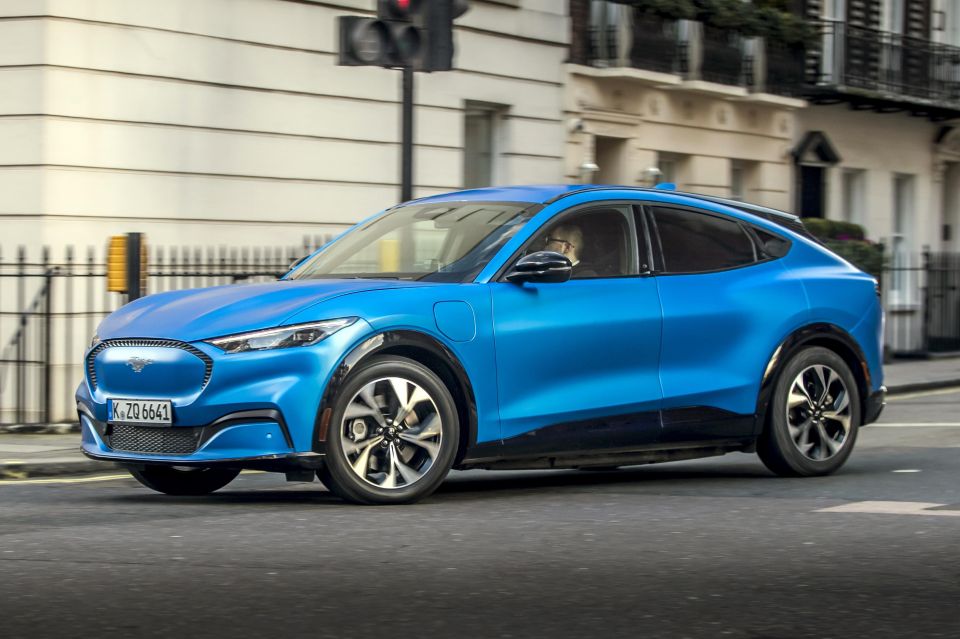
Ford is working with RMA Automotive to ensure the F-150 meets its standards, as opposed to conversions by other local firms where the company has no involvement and therefore doesn’t back the vehicles with its factory warranty.
The company said it looked at a right-hand drive Maverick, while the Bronco and Bronco Sport are possibilities for right-hand drive once Ford can clear its order backlog – though whether they would be factory RHD or a remanufacturing job is unclear.
The Mustang Mach-E looks set to finally come to Australia, however, as it’s produced in RHD at the factory and is already sold in RHD markets like the UK.
The Blue Oval maintains a stronger presence in right-hand drive markets than fellow American General Motors, as it still sells factory right-hand drive vehicles in considerable volumes in markets like the UK and Thailand.
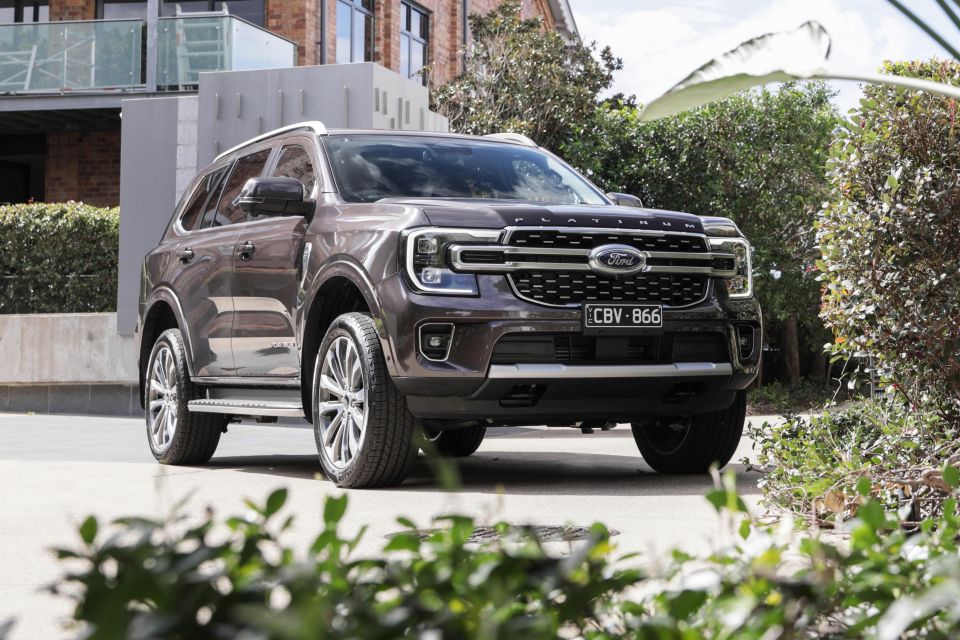
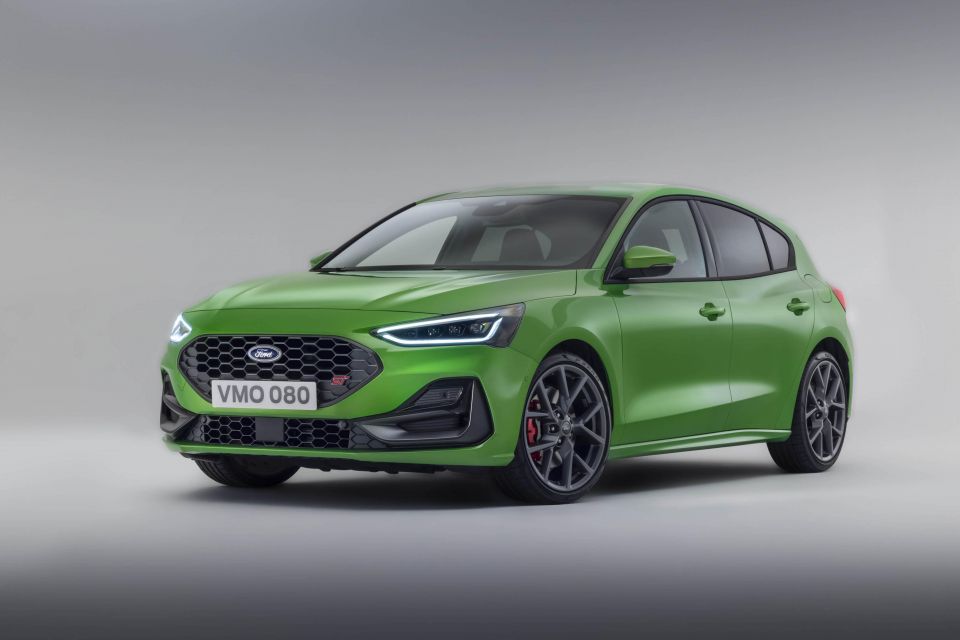
But the challenge for Ford remains reaching scale for a given vehicle when right-hand drive markets are fewer in number than left-hand drive ones, and feature disparate tastes – the Everest, for example, isn’t sold in the UK, while the Focus was recently dropped here.
The company has moved away from the old One Ford policy, with greater regionalisation.
It’s calling this a “progression” of the old policy, which saw vehicles sold across myriad markets with only detail changes – for example, global models like the previous generation of Fiesta, Focus and Mondeo.
The Fiesta, for example, was produced in over half a dozen countries.


Today, Ford sells multiple vehicles designed specifically for China which, while using global platforms, feature unique “top hats” – a term effectively meaning everything bar a vehicle’s underpinnings.
Mr Lawler says unique vehicles are necessary as the Chinese market leads in digital in-car experiences, noting these are going to “definitely” have to be specific to each market’s requirements.
“We had a great run in China leveraging the global products, but the Chinese market’s changed significantly and the expectations in the Chinese market can’t be satisfied wholly by global products,” said Mr Lawler.
Ford of Europe will get its own regional vehicles with a pair of vehicles based on the Volkswagen MEB electric vehicle architecture. No plans have been announced to offer these in other markets.
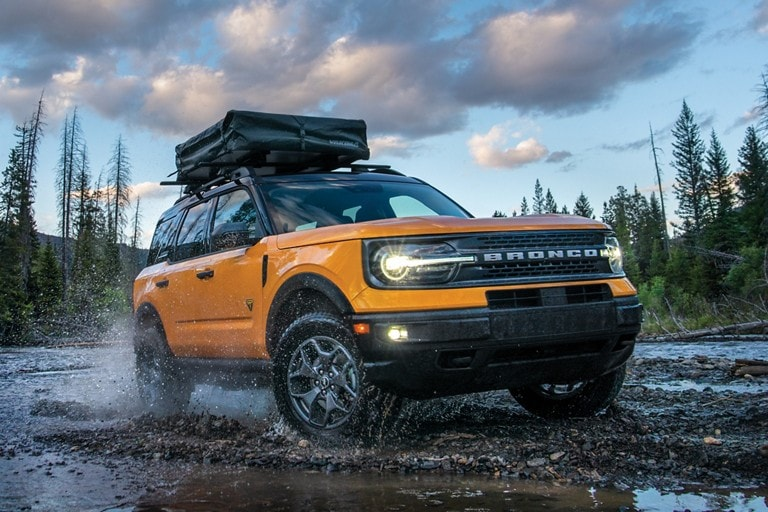
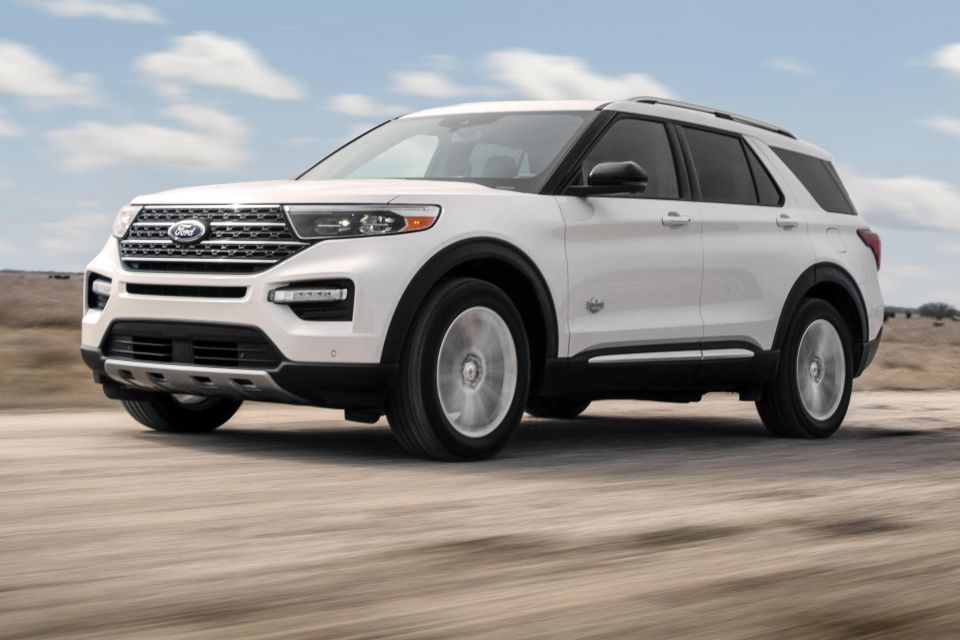
A vast number of Ford’s North American vehicles aren’t sold in Europe and Australia, including the Bronco and Bronco Sport.
Fellow American automaker GM sells only the Chevrolet Corvette in factory RHD, and has withdrawn from myriad markets. For example, it sold off its European Opel and Vauxhall brands, shuttered Holden, and sold its Thai plant.
The former Chrysler Corporation essentially withdrew from right-hand drive markets in the 1980s, too, though it roared back in the 1990s.
Now part of Franco-Italian-American giant Stellantis, it has multiple brands offering factory right-hand drive vehicles, with Abarth, Alfa Romeo, Citroen, Fiat, Maserati and Peugeot selling cars in Australia.
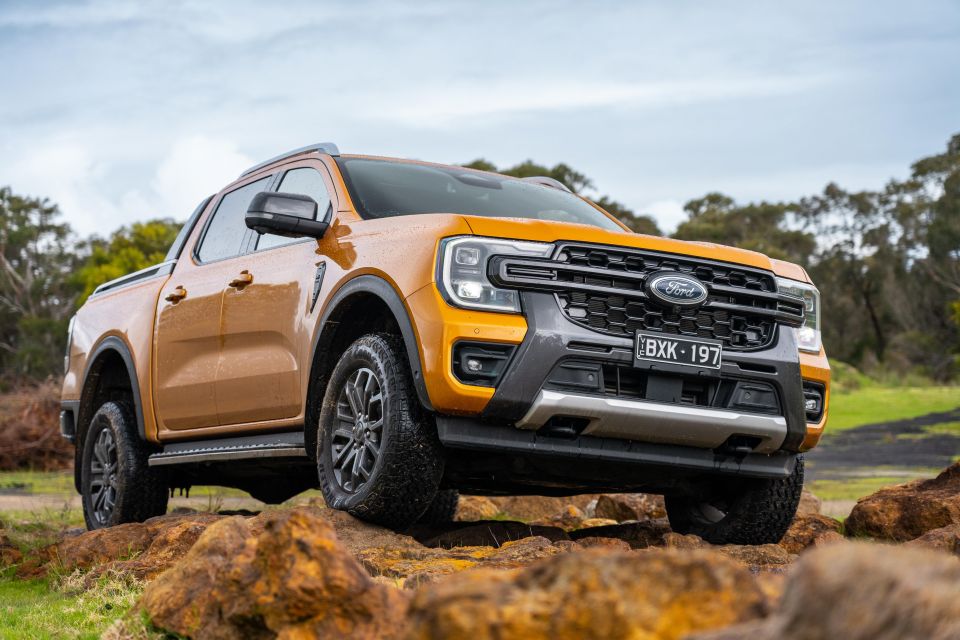
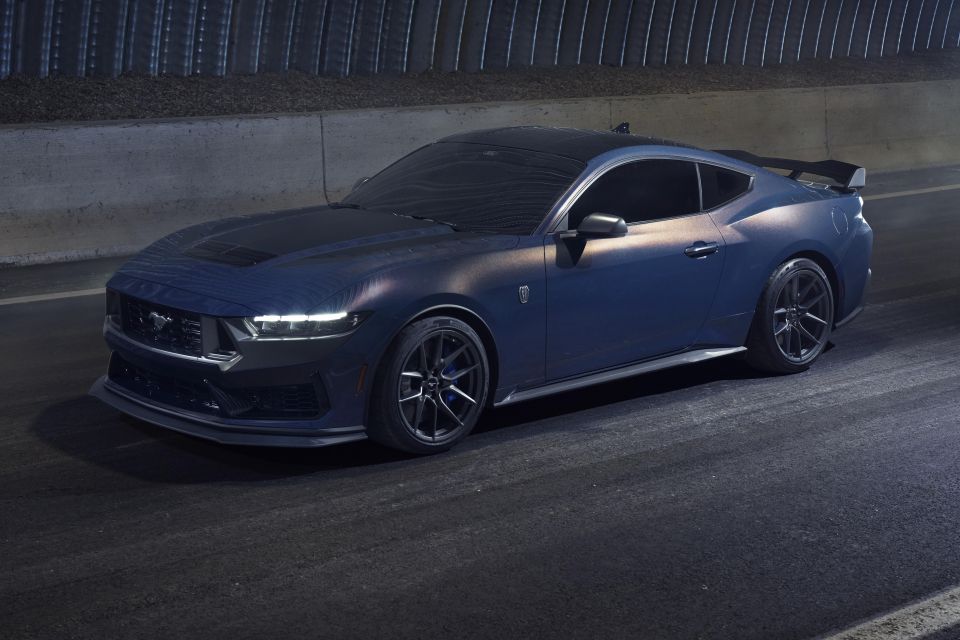
Its American legacy brands have less of a presence here. Chrysler recently withdrew from Australia and Dodge has yet to return as it lacks any RHD product, but Jeep remains and sells a wide range of RHD vehicles.
Jeep CEO Christian Meunier confirmed right-hand drive is part of the brand’s wider electrification plans and, when asked if this applied to every model, he replied, “pretty much”.
“The right-hand drive strategy is clear. We’re investing for Japan, Australia, New Zealand, South Africa is becoming now a pretty serious market for us. So we’re getting back in Australia, South Africa,” he said.
“Right-hand drive drive is a key. We can be profitable on right-hand drive. As long as you bring the right product with the right powertrains in the right segments.”
Where expert car reviews meet expert car buying – CarExpert gives you trusted advice, personalised service and real savings on your next new car.
William Stopford is an automotive journalist with a passion for mainstream cars, automotive history and overseas auto markets.


CarExpert.com.au
5 Hours Ago


Damion Smy
19 Hours Ago


Damion Smy
22 Hours Ago


Damion Smy
1 Day Ago


Damion Smy
1 Day Ago


Damion Smy
1 Day Ago